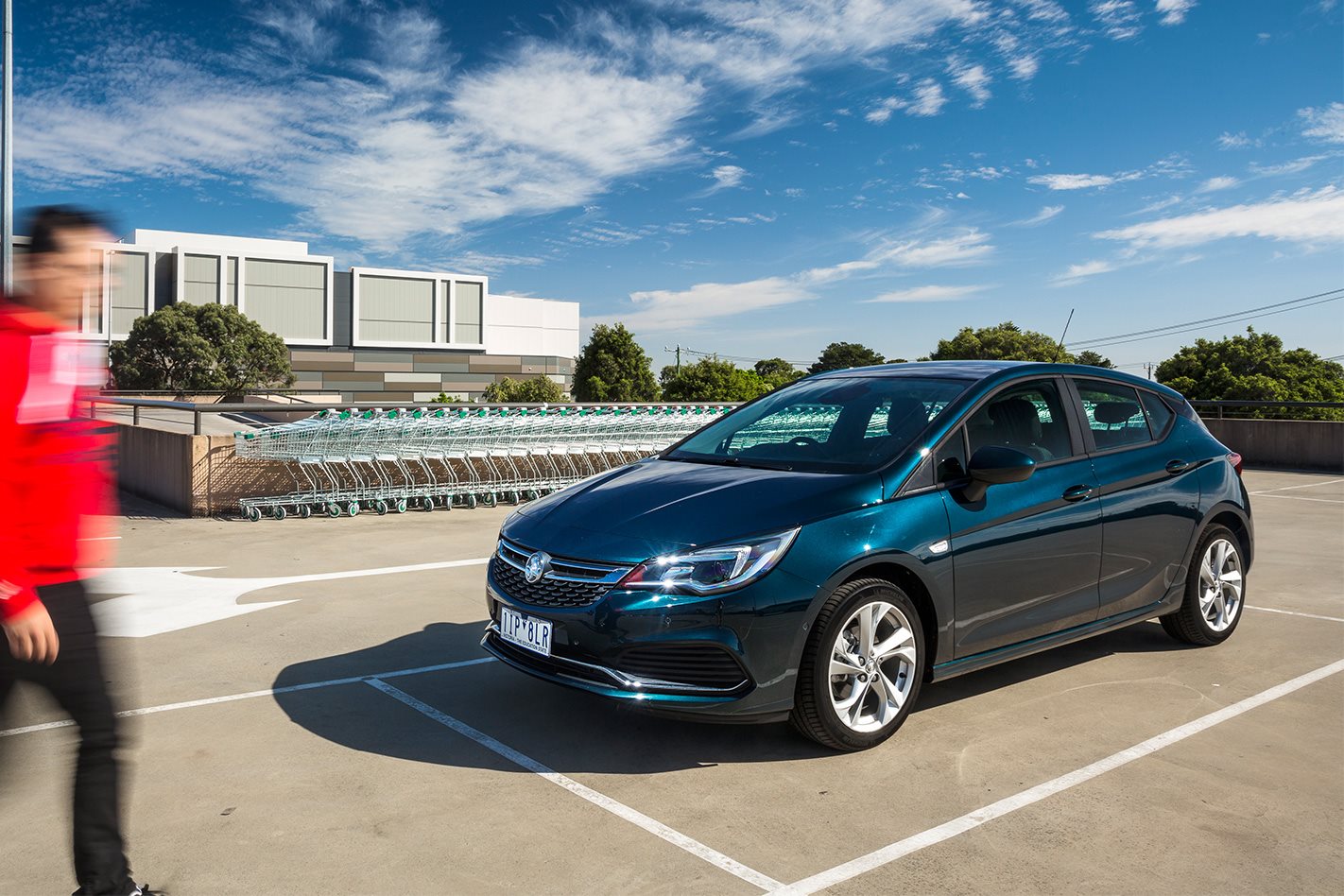
And expectations are sky-high. For starters, as a small hatch it must do battle in Australia’s most popular market segment, up against the big-selling Mazda 3, Hyundai i30 and Toyota Corolla.
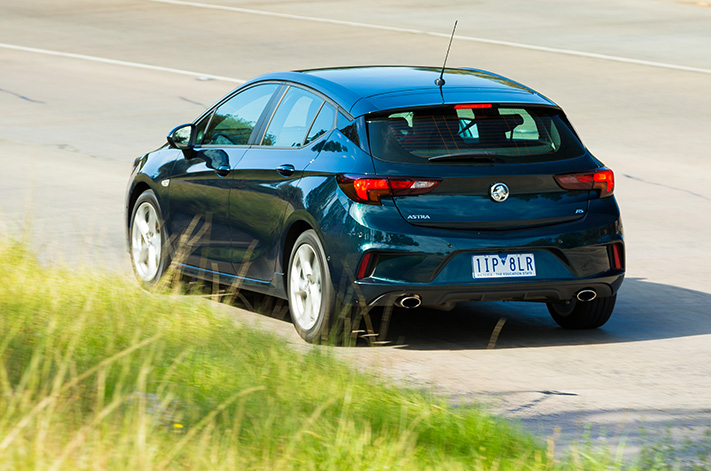
And as the latest Holden model to be sourced from Europe (the 2018 Commodore will be next), the natural rival of this Polish-built Astra is Volkswagen’s supremely polished Golf VII.
Talk about a high bar.
With a nameplate stretching all the way back to 1984 (and badge-engineered Nissan N12 Pulsar origins), the Astra brand has cachet in this country, despite an on-again, off-again relationship spanning those three decades.
There’s certainly a lot more goodwill for Astra than there ever was for the Cruze, even though initial sales have been pretty disappointing. Punters will expect great things from it, and so do I. But I’ll be honest – the new Astra hasn’t exactly dazzled me so far.
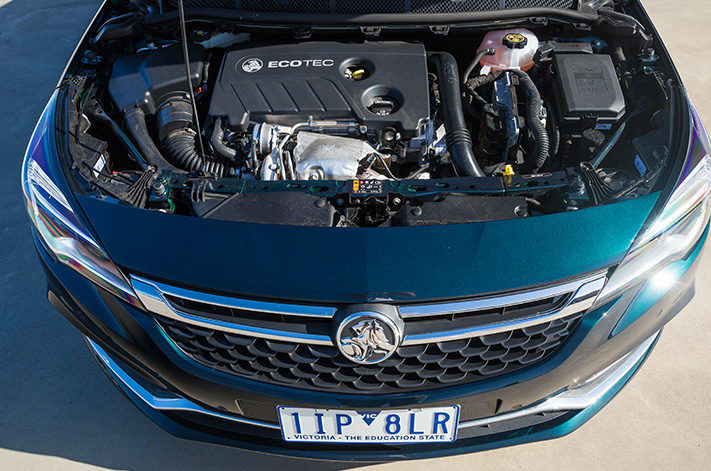
We praised it for its well-rounded performance in our recent 10-car small hatch/sedan Megatest, finishing second behind the Golf, yet there were elements that didn’t quite feel up to snuff to me.
The way it drove wasn’t one of them. Astra clings to corners like velcro and the R’s smooth, perky 110kW 1.4-litre turbo-petrol four is matched to a fine six-speed auto with a superb idle-stop system.
Ride quality is well-controlled, meaning the base Astra has merits beyond its sporty handling, so if not for the Golf’s existence, the Astra would have a Megatest crown to its credit.
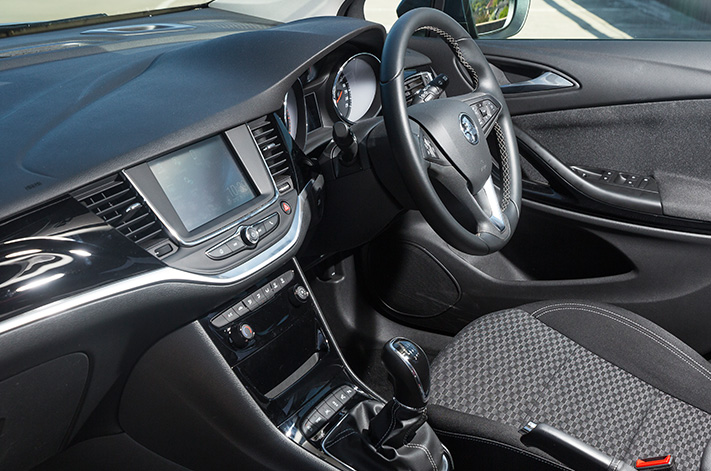
Yet the Astra’s cabin quality isn’t quite as sparkling as its German DNA would suggest. Granted, it’s far from having the cheapest-feeling interior in its segment, but I find the GM-generic design and execution a little wide of the mark for a Euro hatch.
However, the design is a step up on the previous Astra’s button-festooned cockpit – and leagues ahead of the cheap and dated Cruze it replaces – though I find the mix of surface textures and materials cheapens it.
The door handles flex and creak as you swing the doors shut, the outboard rear passengers rub their elbows on a rock-hard plastic wheelarch trim, and its glossy piano-black dashboard plastic will no doubt become a magnet for fingerprint smudges, dust and scratches.
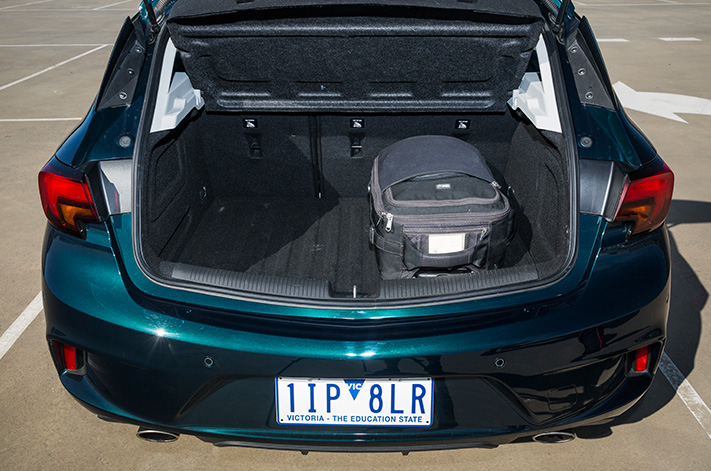
Then again, this mid-grade Astra RS manual that will be calling my driveway home for the next four months has some distinct positives.
There’s a seriously grunty 147kW 1.6-litre turbo-petrol engine under its lid, for starters. And being an RS grade, it also scores bingle-avoiding autonomous emergency braking (AEB) and blind-spot monitoring as standard – useful gear for highway commutes.
A leather-clad steering wheel improves the cabin ambience somewhat, plus there’s keyless entry and ignition to bring a touch of luxe that’s absent from the base Astra.
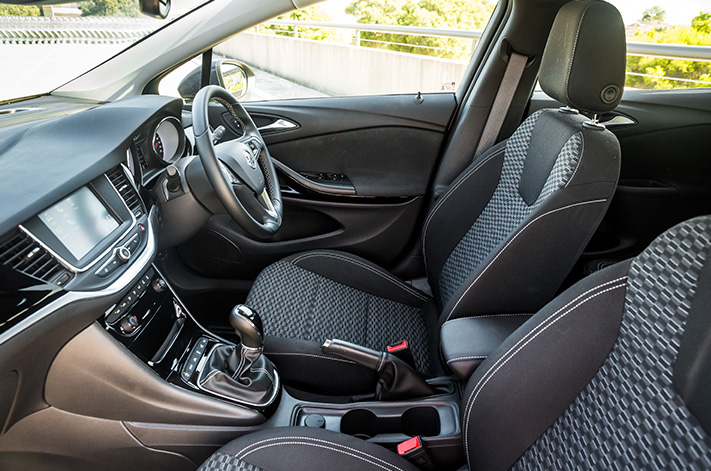
Sure, it’s cloth that covers the seats and door cards, but it’s a pleasant weave and I’d much prefer fabric to the synthetic ‘pleather’ that’s pitched as the premium upholstery in Korean-built Holdens.
Then there’s the appeal of what lies in the left corner of the driver’s footwell. I’m still a sucker for cars with three pedals and a DIY gear lever, and I’m hopeful my love of a good manual ’box will go some way towards overpowering my distaste for coarse-grained cabin plastics.
Plus, the Astra R has already proved that there’s a fine dynamic base beneath this car, so a manual gearbox and 37kW/60Nm more muscle should only enhance that.
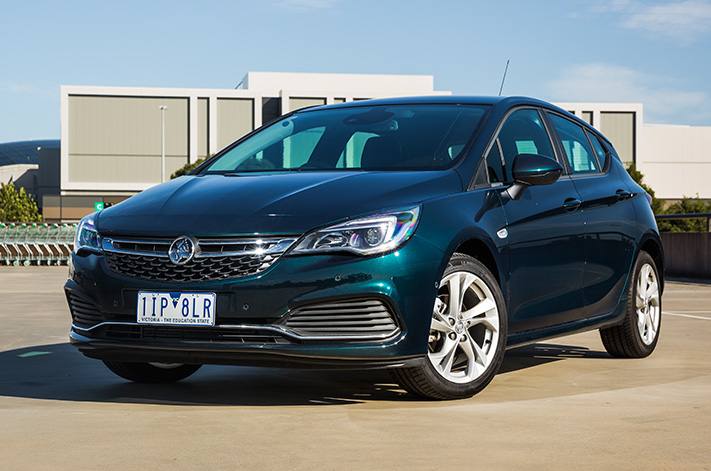
Overall impressions so far are mixed. When the dark-coloured paint is spotless, the Astra looks incredibly handsome for a mainstream hatchback, and the 1.6-litre powertrain has vast reserves of mid-range torque that limits the need to row through the six-speed manual gearbox.
But on the other hand, I’m still yet to properly warm to that interior. Am I just being too harsh?
Mid strength
The Astra RS sits in the middle of Holden’s model hierarchy wearing a $26,490 sticker, and it’s arguably the pick of the bunch.
A larger, more powerful 1.6-litre turbo-petrol, a glut of electronic safety aids and none of the arguably unnecessary frills of the range-topping RS-V, such as a heated steering wheel and ambient interior light tubes.
But it’s missing two biggies: a proper integrated sat-nav and rear-seat air vents. Smartphone mirroring gets around the former, but the lack of the latter is not cool.
Whip cracker
Already I’m starting to wish there was greater differentiation between this mid-grade RS and the base Astra R.
When you’re spending a few grand extra on your whip it’s nice to have a car that’s identifiably different to the boggo variant, but the five-spoke alloys (in the same 17-inch size), some extra chrome on the grille, a leather-wrapped steering wheel and an extra chrome-finished tailpipe don’t make the RS massively different … until you’re in the driver’s seat experiencing that wonderful 1.6 turbo.
Update #1
By Tony O’Kane
IT’S zero-dark-six-fifty, I’m bleary-eyed, uncaffeinated and on my way to work.
Funnily enough this is one of the more enjoyable moments in my day, and I have my trusty moss-green steed to thank for that.
Though I’m yet to warm to the Holden Astra’s idiosyncratic interior, I’m definitely gelling with its joyously flexible powertrain. Its four cylinders may only displace 1.6 litres, but thanks to some clever turbo trickery this small-engined hatch has surprisingly muscular legs.
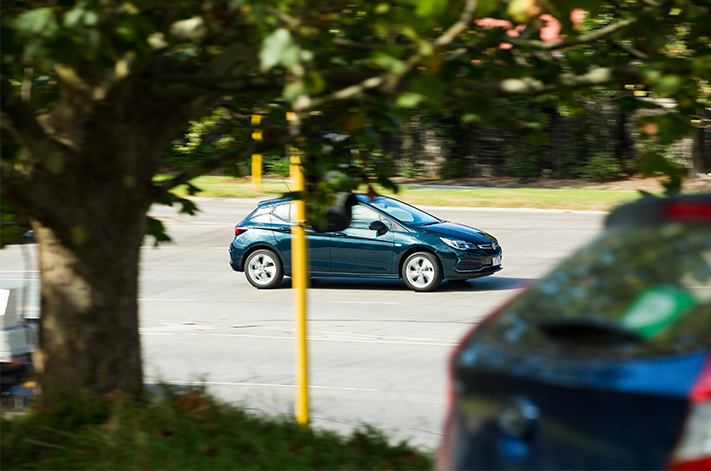
Torque is abundant from 1500rpm and up, and though my car is a theoretically terrible-at-commuting manual gearbox version, the flexibility endowed by this twist-happy 1.6 means that’s not such a big deal. Bear in mind, 300Nm of torque is huge for a small hatchback.
Skipping second gear is possible if you time it right, reducing the amount of times your left hand needs to meet the shifter. Fifth gear, meanwhile, covers a range of speeds that stretches from suburban cruising all the way up to 110km/h without feeling strained – but sixth gear is a better pick if you want to drop revs and conserve fuel on the highway.
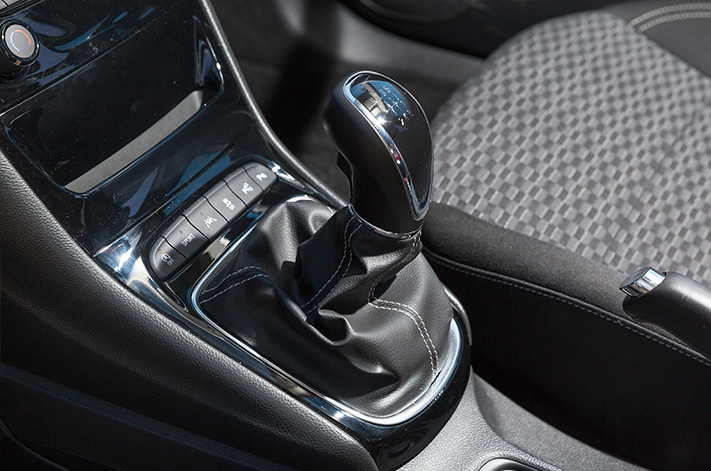
School zones? Whatever. Keep it in fifth, it’ll happily deal with a forty-kay crawl without complaint.
And if the road is flat, slipping it into sixth at 50-60km/h is perfectly kosher. It happily lugs along in the lower reaches of its tachometer, sipping fuel with monk-like restraint. In fifth, it’ll lug up surprisingly steep hills at 60km/h thanks to the turbine’s willingness to spool from just above idle.
And this engine is quiet. Unlike some engines in the segment, especially naturally aspirated contenders, the Astra’s 1.6 is quiet and smooth throughout its rev range. It feels relaxed and understressed, which is precisely how cars in this segment should feel – hot hatches being the sole exception.
But to drive, the Astra feels a lot more substantial than your average hatch. Yes, it fulfils the functions of commuter/grocery-getter, but there’s a built-in sporty edge.

The Astra’s appeal is more multi-faceted than I first thought. There’s no question there’s proper warm-hatch performance in here that’s begging to be unleashed, and the Astra RS’s 147kW and 300Nm outputs back up that notion.
Remember: those stats would have qualified it for entry to the fast-hatch club ten years ago. Is the chassis of the same calibre? Methinks it’s time to head for the hills.
Update #2
By Tony O’Kane
SMARTPHONE mirroring is a godsend in a car that has a touchscreen display but no built-in sat-nav capability, but there are two minor issues with this in the Holden Astra.
Holden (well Opel, really), provides a handy receptacle at the base of the centre stack to hold your phone. Unless you’re a phablet-toting type, you’ll find it to be a thoughtful touch … until you decide to charge the thing or take advantage of Apple CarPlay or Android Auto.
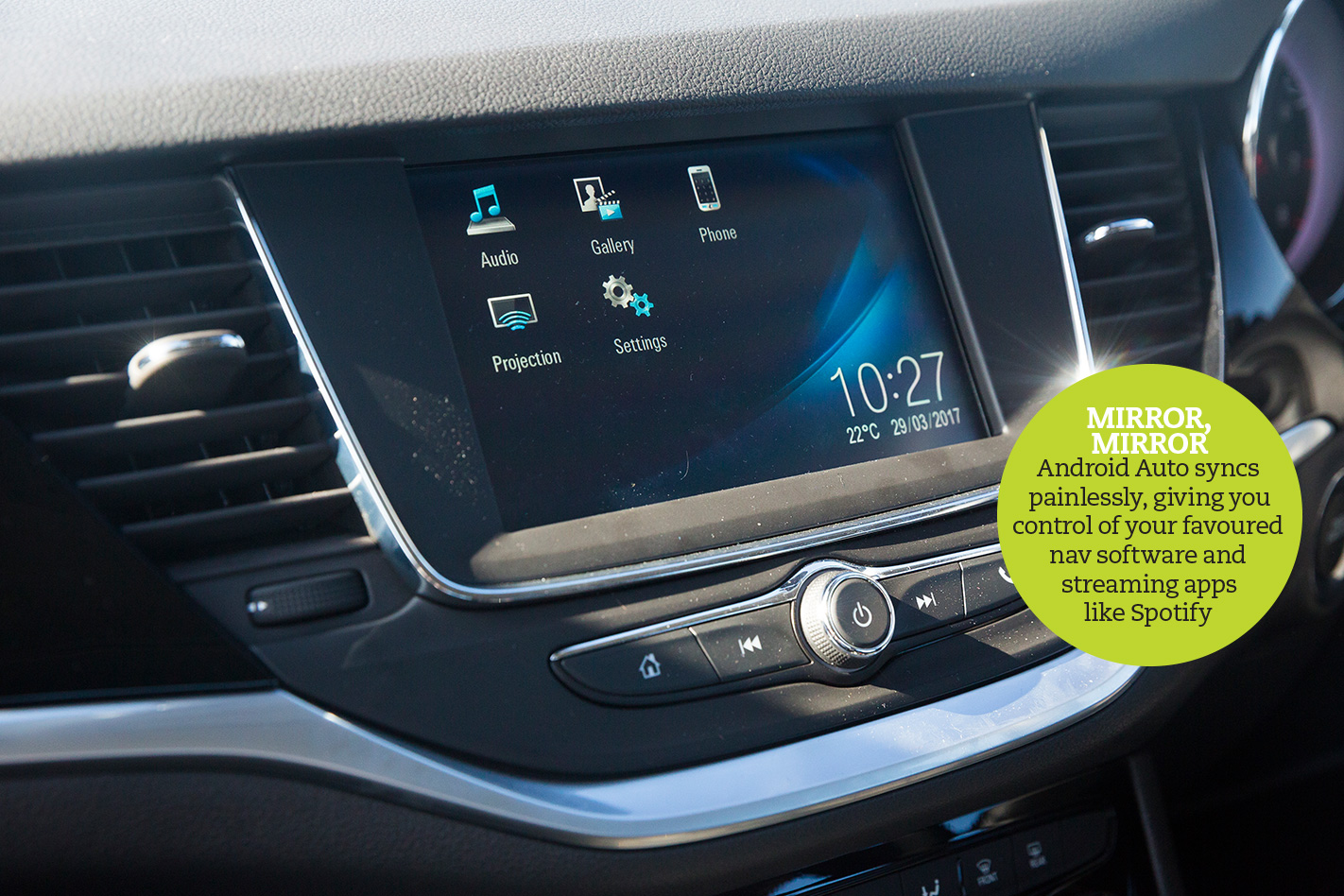
The only USB port in the car is buried in the centre console bin, so if you want to connect your phone and use that nifty slot at the same time, you’ll need a cable long enough to stretch the 60cm gap between port and holder. Which puts a cable right over your cupholders and gearshifter. Which is annoying, especially in a manual.
More irritating, though, are the parking sensors and their habit of shrieking at you when you least expect it. Sitting stationary in traffic? Those ever-vigilant sensors will sometimes chirp as they sense cars in adjacent lanes – even if those cars aren’t moving either.
Have you already finished parking and put the gearbox in neutral and the handbrake up – both clear signs that you intend to stay put? The sensors don’t care about your intent. They’ll squawk if there’s an object within a metre of your perimeter until you hit the off button – an action that will quickly become reflex.
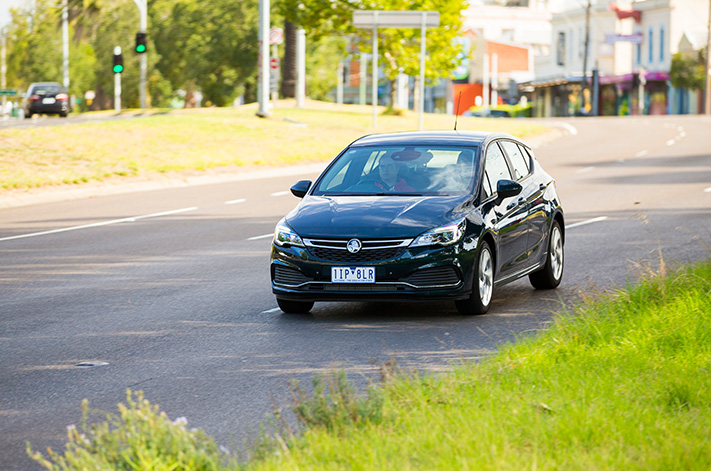
Other qualms become apparent when sitting in the back seats. The seats themselves are fine – great, even, thanks to good under-thigh support, plentiful legroom and a relaxed backrest angle – but those occupying a window pew will be rubbing an elbow against a hard plastic trim panel. No biggie on short trips, but there’s potential for discomfort on longer journeys.
On top of that, there’s also a lack of ventilation for those backseaters. While cars like the Volkswagen Golf and Hyundai i30 give those in the back their own air vents, the Holden Astra RS has no such provision. Not the biggest black mark, given rear vents are still far from universal in the small hatch segment (Mazda 3, Honda Civic and Subaru Impreza omit them too, and they’re some of the better choices around).
It may, however make a difference for people who live in hotter climes than dreary Melbourne.
Update #3
By Tony O’Kane
FAMILIARITY breeds contempt, so they say, but the Holden Astra RS proves that there are exceptions to that cynical maxim.
The primary reason why I’ve yet to grow weary of the Astra is the fact that it is an astonishingly well-sorted drive. Scratch that: it’s just plain fun.
And how could it not be? With 147kW and a mega-stout 300Nm, the Astra’s 1.6-litre donk has performance metrics that, had it rolled into showrooms a decade ago, would have put it ahead of a Golf GTI for torque and equal to the German hot hatch for power.
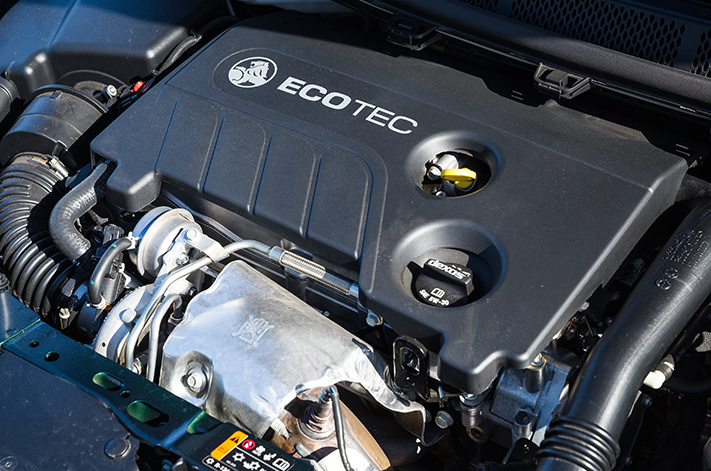
Meld that considerable muscle with suspension that manages to be both supple and dynamic, and the result is a car with a much feistier nature than its demure exterior suggests.
There are some downsides, though. All of that torque is a blessing and a curse: it’s wonderful for overtaking, highway on-ramps and restoring honour in rolling-start drag races, but it also generates ample axle tramp off the line in slippy conditions. There’s more than a smidge of torque-steer tug under hard acceleration too.
Does it spoil the experience? Is the Astra’s 1.6 – gasp – too powerful? Last month’s city schlep had me wondering whether the chassis could contain all of that energy on a winding mountain road, so it was time to head beyond Melbourne’s city limits to discover whether comfort-biased spring rates are as good at dispatching corners as they are at ironing out speed bumps.
Pointing the Astra’s plasti-chromed nose toward the Yarra Valley, it takes two hours before twisty tarmac appears through the windscreen. At the first corner, it’s apparent the engineers tasked with honing the Astra’s suspension are keen drivers.
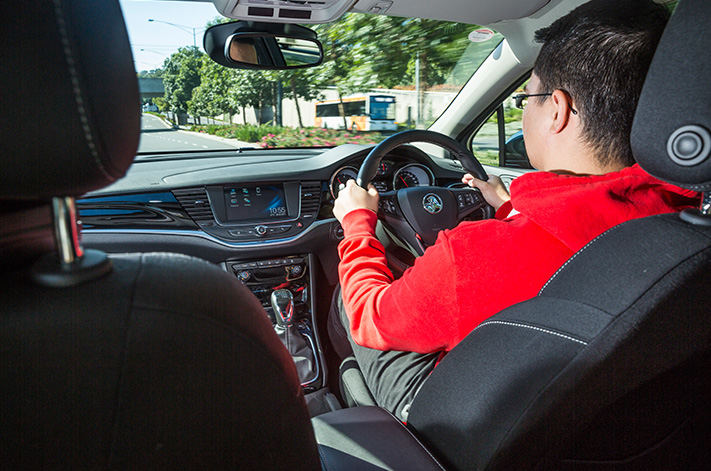
Even with a relatively unsophisticated torsion-beam rear, it absorbs big bumps with aplomb yet happily tilts into corners in a fashion that recalls hot hatches of yore. The steering is almost perfectly weighted for this kind of driving too, and feels natural and tactile for an electrically assisted rack.
Yep, torque steer is ever-present when you’re thumping the right pedal, but it’s not strong enough to wrench the wheel from your hands and, if anything, adds a little zest to the Astra’s driver involvement.
A bigger issue is traction. Apply the full dose of torque and the inside front tyre struggles to maintain purchase when accelerating out of a corner, the traction control not proving clever enough to apply a dab of brake on the spinning wheel.
A limited-slip differential would help, or at the very least a more sophisticated traction-control calibration.
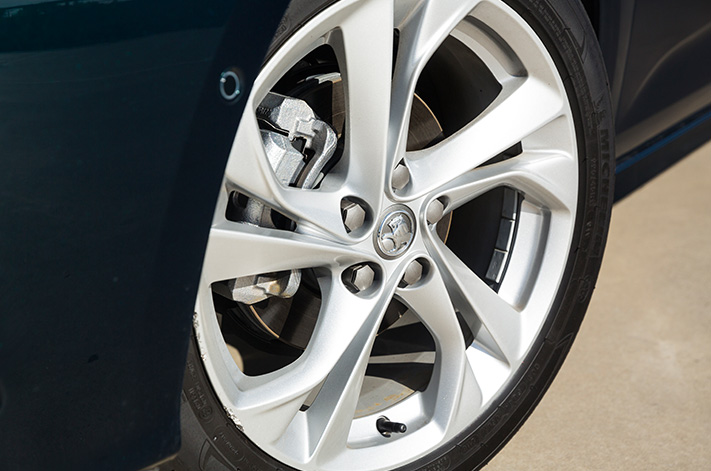
But dynamically speaking, these are the only sizeable blots on the Astra’s ledger. Don’t let its librarian looks deceive you – the Astra RS can thrill on the right road.
Malformed knob
Shifter ergonomics may not be so critical in an automatic, but they’re vital in a manual – why bother with the three-pedal option when your left palm will be forever punished by an uncomfy knob?

Astra’s shifter fails the ergo test due to the reverse lockout button being placed right where your fingers curl around, and that transparent plastic window on the top is begging to be scratched up by jewellery.



